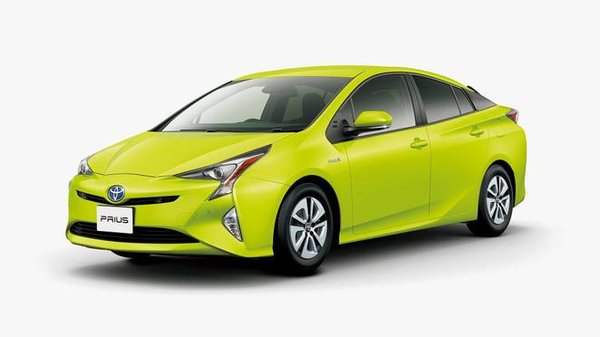And really, they have a point. They are not all reflective for the same reason that drivers aren’t advised to wear helmets and why the industry fought seat belts for years: it’s all marketing. Ford found this out in the fifties when it introduced an optional safety package that included seat belts:
As Ford stressed safety, GM continued using appealing ladies to advertise power under the hood. The buying public concluded that if Ford had to add so many safety features to its cars, they must have been more dangerous than other cars. Ford saw its sales plummet, with Chevrolet taking a convincing lead. That prompted Henry Ford II to say, “McNamara [Ford’s President] is selling safety, but Chevrolet is selling cars.” Ford’s safety campaign had been a disaster; safety didn’t sell. Ford shifted its ad campaign and did not offer seat belts as standard equipment in its ’57 models.
Not much has changed since ’57, and the huge improvements we have had in safety are mainly due to government intervention. Really, the same can be said for fuel efficiency; if it wasn’t for the US government’s CAFE standards we wouldn’t be close to where we are today.
That’s why Toyota’s new lime green paint is so interesting; it is actually designed to save energy. According to Nicholas Stecher in Wired, it is “packed with tiny reflective titanium oxide particles and doesn’t contain carbon black, a common ingredient in paint that tends to absorb lots of heat.”
Stecher notes that white and silver cars already do a pretty good job of reflecting heat, but this development lets Toyota offer a wider range of colors, including this lovely “Thermo-Tect Lime Green”. It really can make a difference:
“We expect heat increase control of around 5 degrees Celsius [9 degrees Fahrenheit] when comparing vehicle body surface temperature with and without thermal barrier function under the scorching sun in summer,” says Toyota spokesman Takashi Ozawa.
One Japanese study determined that if every car in the country had reflective paint, it would reduce carbon emissions by 210,000 tons a year.
Stecher doesn’t get into the obvious safety benefits that would accrue if all cars were painted like this. Research into the recommended colors for fire trucks concluded years ago:
It is noted that the color red, used for fire fighting equipment, is one of the least visible of vehicle colors. Optometrists note that, for its high visibility, lime yellow should be used by fire and rescue teams, as well as favoured by trucks and car buyers. Lime yellow falls in the middle of the color spectrum (Schuman 1991).
Another study from Australia looked at the statistics for different colored cars, according to Consumer Reports:
A 28 pager from the Monash University Accident Research Centre (PDF) in Victoria, Australia concluded that “Compared with white vehicles, a number of colours were associated with higher crash risk. These colors are generally those lower on the visibility index and include black, blue, grey, green, red and silver…The association between vehicle color and crash risk was strongest during daylight hours where relative crash risks were higher for the colors listed compared to white by up to around 10%.”
Ten percent is a big number. You would think that the police and the Federal government would do something about it and insist that car manufacturers do the bright thing and insist, for safety reasons, that every car on the road be painted Thermo-Tect Lime Green, both for the safety and the energy savings.
But like seat belts in ’57 and helmets for drivers today, it will never happen, because of marketing.
Source: Tree Hugger
